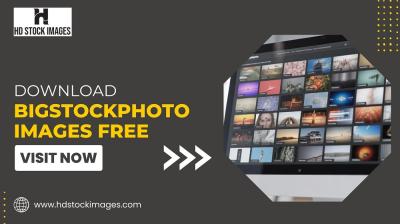Behance is more than just an online platform; it’s a vibrant community of creatives showcasing their work to a global audience. Whether you’re a graphic designer, photographer, or illustrator, Behance offers a unique space to connect with potential clients, collaborators, and like-minded individuals. In today’s digital age, having a strong online presence is crucial, and
Why is it important? Here are a few key reasons:
- Visibility: With millions of users worldwide, your work can reach a vast audience, increasing your chances of being noticed.
- Networking: Behance allows you to connect with other creatives, which can lead to exciting collaborations and job opportunities.
- Feedback: The platform encourages interaction, so you can receive constructive criticism and valuable insights from fellow creatives.
- Job Opportunities: Many companies scout for talent on Behance, making it a great place to land freelance gigs or full-time positions.
Understanding Your Audience
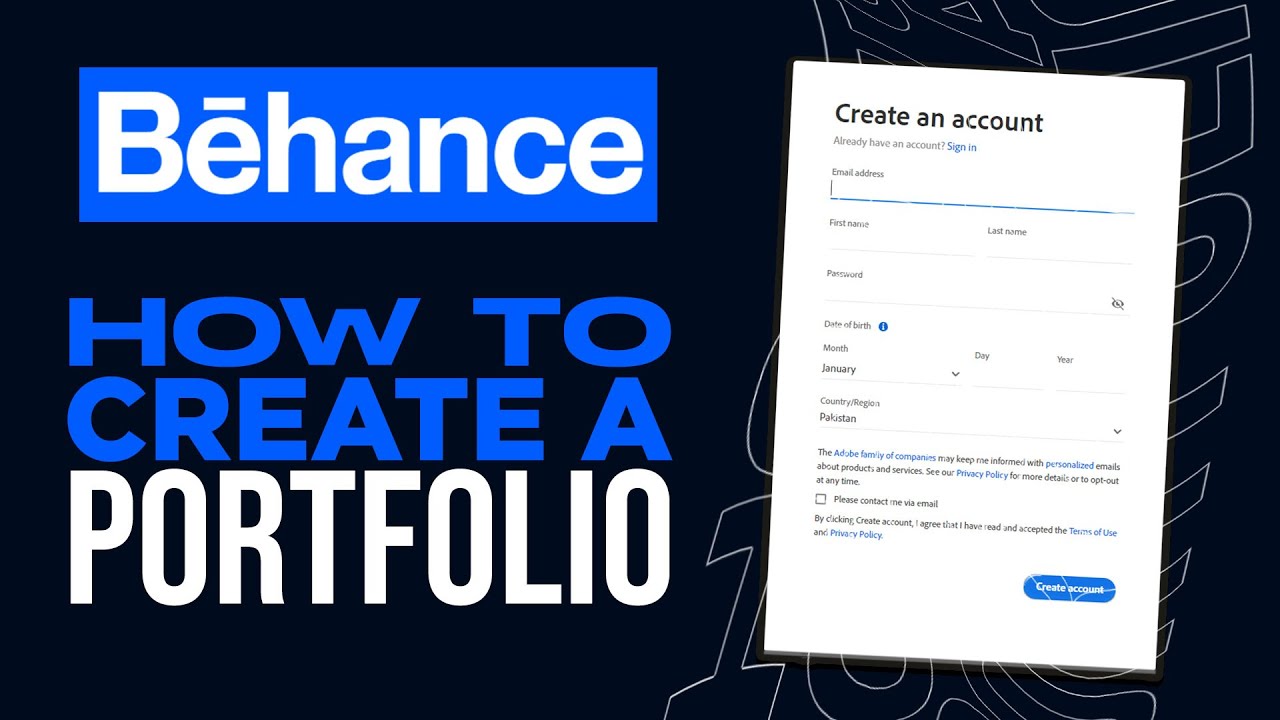
Before diving into creating your Behance portfolio, it's essential to understand who your audience is. Knowing your target viewers will help you tailor your content to meet their expectations and interests. Here’s how to get started:
First, identify the types of clients or collaborators you want to attract. Are they startups looking for fresh branding, or established companies seeking innovative designs? This clarity will shape your portfolio’s direction.
Next, consider the following aspects:
- Industry Trends: Research trends in your field. For example, if you’re a graphic designer, look at what styles dominate current design awards.
- Demographics: Understand the professions, age groups, and geographical locations of your potential audience. This knowledge can guide your project choices.
- Visual Preferences: Are your audience members more inclined towards vibrant colors, minimalistic designs, or illustrative styles? Tailoring your work to fit these preferences can increase engagement.
Lastly, don't forget to engage with your audience through comments and feedback. This interaction not only builds relationships but also keeps you informed about their evolving tastes and needs.
Also Read This: How to View Dreamweaver Code on Behance for Web Development Projects
Choosing the Right Projects to Showcase
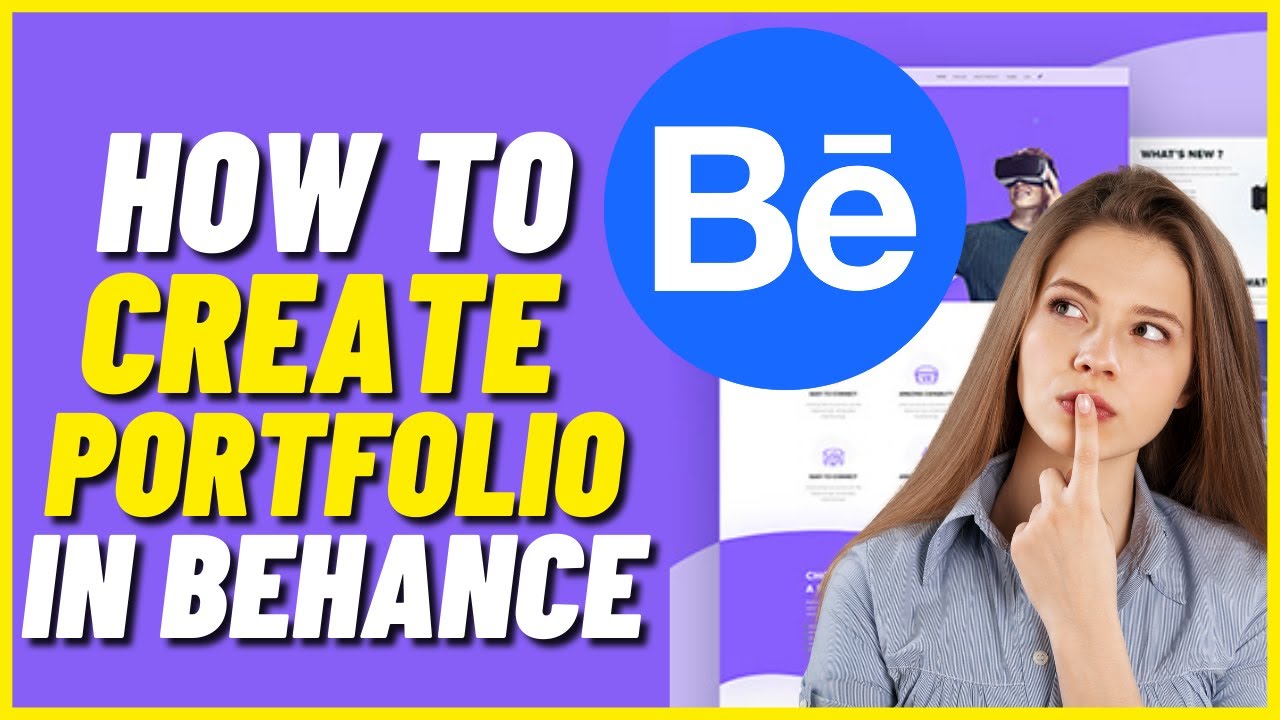
When it comes to building a standout Behance portfolio, the projects you choose to showcase can make all the difference. Think of your portfolio as a curated gallery, where each piece tells a story about your skills and creativity. Here are some tips to help you select the right projects:
- Quality Over Quantity: Aim for a few amazing projects rather than a large number of mediocre ones. Highlight your best work that truly reflects your abilities.
- Variety: Showcase a diverse range of projects that demonstrate different skills and styles. For example, include graphic design, photography, and illustration to appeal to a broader audience.
- Personal Projects: Don’t hesitate to showcase personal passion projects. They often reveal your true interests and creativity. For instance, if you love travel, include a photo series from your latest trip.
- Collaborative Work: If you’ve worked on a team project, make sure to highlight your specific contributions. This not only shows your ability to collaborate but also helps potential clients understand your role.
- Relevance: Tailor your portfolio to the type of work you want to attract. If you’re aiming for freelance gigs in branding, make sure to include relevant branding projects.
Ultimately, choose projects that you’re proud of and that reflect your unique style and expertise. Your portfolio is a reflection of you—make it shine!
Also Read This: How to Create a Behance Page for Your Creative Portfolio from Scratch
Designing a Visually Appealing Layout
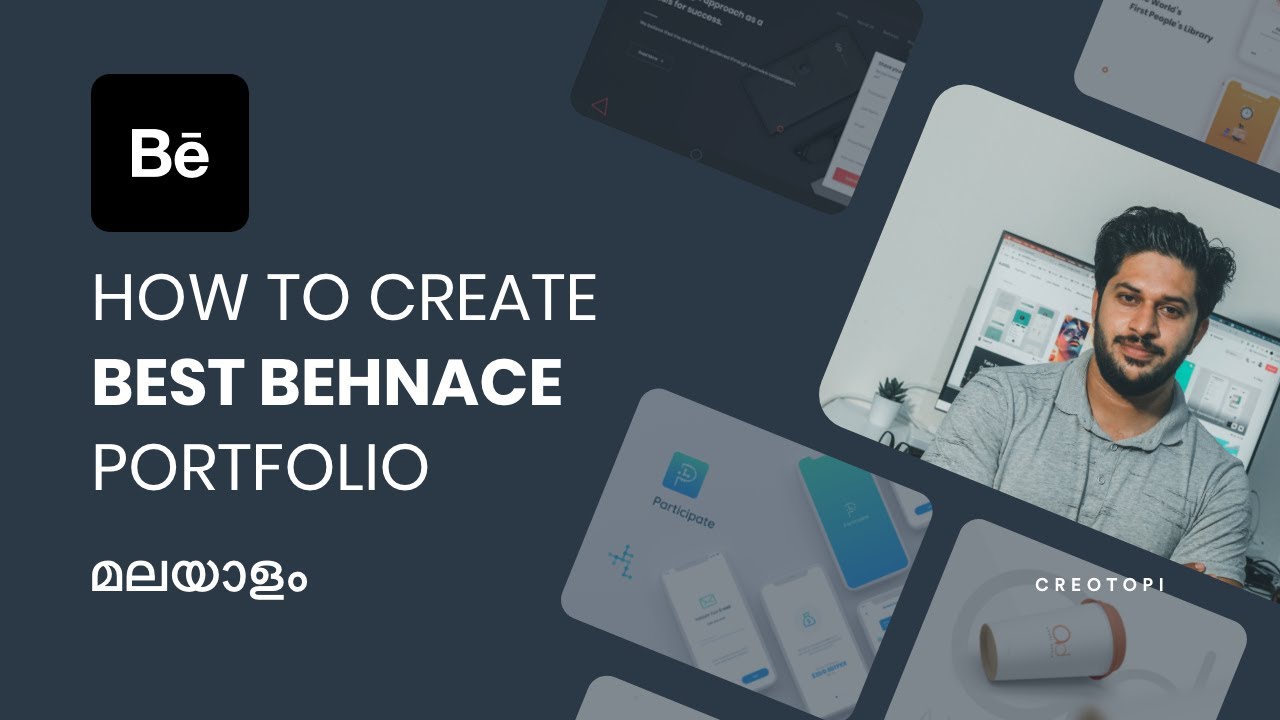
The layout of your Behance portfolio plays a crucial role in how viewers engage with your work. A well-designed layout not only highlights your projects but also creates a memorable experience. Here’s how to design a visually appealing portfolio:
- Consistency: Use a cohesive color scheme and typography throughout your portfolio. This consistency helps create a professional look. For example, if you choose a minimalist style, stick to neutral colors and simple fonts.
- Clean Navigation: Ensure that your portfolio is easy to navigate. Organize projects into categories, making it simple for viewers to find what they’re looking for. A clear menu or sidebar can enhance user experience.
- High-Quality Images: Use sharp, high-resolution images to showcase your work. Blurry or pixelated images can detract from the overall impression. Consider using mockups for showcasing designs in real-world contexts.
- White Space: Don’t shy away from white space; it helps to prevent the layout from feeling cluttered. This allows your projects to breathe and ensures that each piece stands out.
- Interactive Elements: Consider adding interactive components, like animations or videos, to engage your audience. Just make sure they enhance rather than distract from your work.
Remember, your goal is to create a portfolio that is not only visually attractive but also effectively communicates your artistic vision. Let your creativity shine through in every aspect of your layout!
Also Read This: Expand Your Portfolio with New Projects on Behance
5. Writing Compelling Project Descriptions
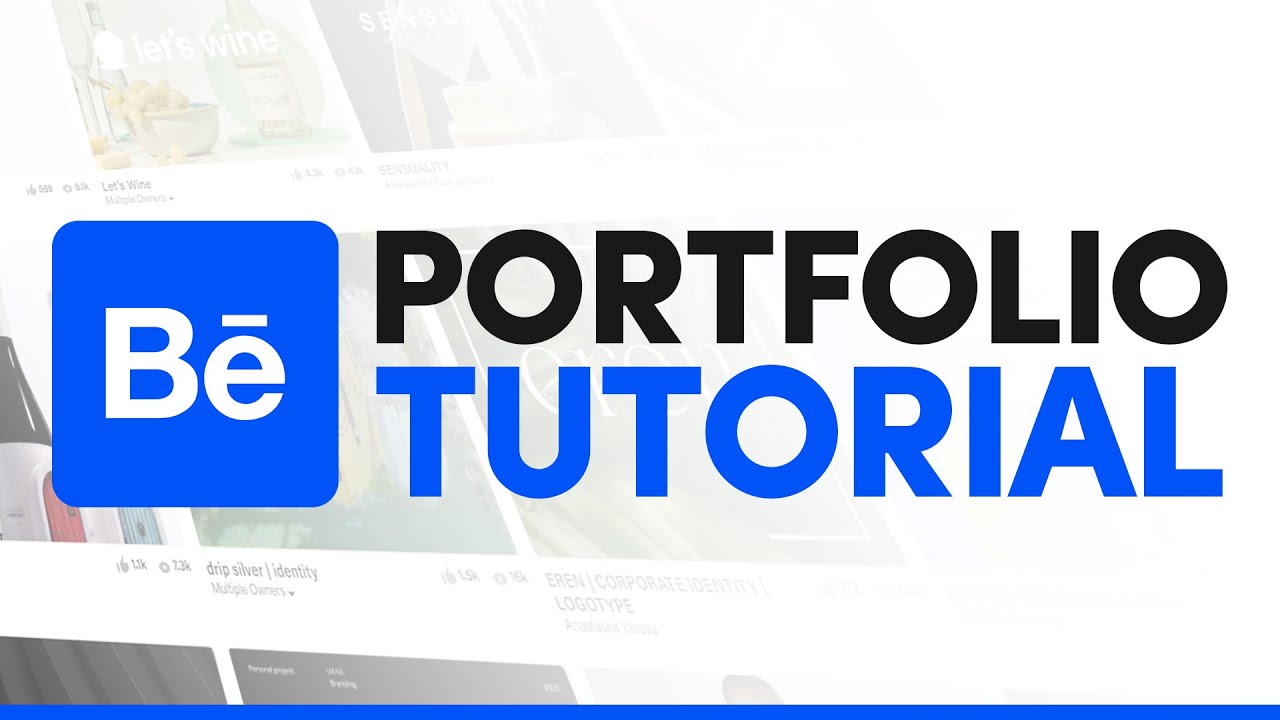
When it comes to showcasing your work on Behance, the project description is your chance to tell a story. A compelling description not only highlights your skills but also engages viewers, encouraging them to delve deeper into your project.
Here are some tips to craft those captivating descriptions:
- Start Strong: Grab attention right from the first sentence. Use a hook that intrigues the reader.
- Be Concise: While details matter, keep it succinct. Aim for clarity and avoid fluff.
- Tell the Story: Explain the concept behind the project. Share your inspiration, the challenges faced, and how you overcame them.
- Highlight Your Role: Clearly state your contributions—whether you led the project, collaborated, or handled specific tasks.
- Include Process Insights: Discuss your creative process, tools used, and any iterations that occurred. This not only shows your skills but also your thought process.
For example, instead of simply stating, "I designed a logo," you might say, "Inspired by the fluidity of water, I created this logo to capture the essence of motion and rhythm, ensuring each curve speaks to the brand's identity." This narrative approach invites viewers to connect with your work on a personal level.
Also Read This: Start a Collection on Behance to Organize Your Projects and Inspirations
6. Utilizing Tags and Keywords Effectively
Tags and keywords are the unsung heroes of your Behance portfolio. They play a crucial role in making your work discoverable, so it's important to use them wisely.
Consider these strategies for effective tagging:
- Be Specific: Use tags that directly relate to your project. For instance, if your project is about web design, include tags like "UI/UX," "responsive design," or "web development."
- Mix General and Niche Tags: Combine broad terms with specific ones. For example, tag a project as "graphic design" and also include "illustrative branding" for better reach.
- Research Trends: Check what tags are popular in your field. Tools like Google Trends or simply exploring Behance can help you identify what resonates.
- Limit Your Tags: Too many tags can dilute your project’s focus. Stick to about 5-10 relevant tags that encapsulate your work.
- Update Regularly: As trends evolve, so should your tags. Regularly revisit and adjust them based on current industry standards.
Remember, effective tagging not only enhances visibility but also connects you to your desired audience—so take your time to get it right!
Also Read This: How to Abbreviate Your Behance Link for Easy Sharing
7. Engaging with the Behance Community
Engaging with the Behance community is a fantastic way to showcase your work and connect with like-minded creatives. It’s not just about uploading your projects; it’s about building relationships and collaborating with others in the industry. Here are some tips on how to effectively engage:
- Comment on Projects: Take the time to leave thoughtful comments on other artists' projects. This not only builds goodwill but can also lead to reciprocal engagement.
- Join Groups: Participate in Behance groups related to your field. This opens up opportunities for discussions, collaborations, and visibility among peers.
- Attend Events: Keep an eye out for Behance events, webinars, or meetups. These are great for networking and gaining insights from experienced professionals.
- Follow Other Creatives: Build a network by following artists whose work you admire. This can lead to inspiration and potential collaborations!
Remember that the more you engage, the more visible you become. Your comments and interactions can attract attention to your own work, creating a cycle of support and inspiration. So don’t just be a spectator; dive in and be part of the community!
Also Read This: Accessing Archived Files and Content on Behance for Easy Retrieval
8. Regularly Updating Your Portfolio
Keeping your Behance portfolio fresh is crucial to capturing the attention of potential clients and collaborators. Regular updates signal that you are active and continuously evolving as a creative. Here’s how to stay on top of your portfolio updates:
- Set a Schedule: Create a routine for updating your portfolio—this could be once a month or every few weeks. Consistency is key!
- Add New Work: Whenever you complete a new project, don’t hesitate to add it to your portfolio. Showcase your best work to reflect your current skill set.
- Revise Existing Projects: Look back at your older projects and consider refreshing them with new insights, better presentation, or additional information.
- Highlight Achievements: If you receive accolades or complete notable projects, update your portfolio to include these achievements. They enhance your credibility!
By regularly updating your portfolio, you not only improve your chances of being discovered but also keep your creative spirit alive. It’s a reflection of your growth, so treat it as an evolving masterpiece!
How to Create a Great Behance Portfolio
Creating a stunning Behance portfolio is essential for showcasing your creative work and attracting potential clients or employers. A well-structured portfolio not only highlights your skills but also tells your unique story. Here are some key steps to consider:
- Choose Your Best Work: Select projects that reflect your style and expertise. Aim for quality over quantity. A concise, well-curated selection is more impactful.
- Use High-Quality Images: Ensure all visuals are high-resolution. This includes photographs, graphics, and any other media. Poor quality can detract from your presentation.
- Write Engaging Descriptions: Each project should have a brief description outlining your role, the tools used, and the objectives achieved. Focus on storytelling to captivate your audience.
- Organize Your Portfolio: Categorize work by type (graphic design, illustration, photography, etc.) or by industry. This helps viewers navigate your portfolio easily.
Consider implementing the following elements for enhanced engagement:
| Element | Description |
|---|---|
| Project Tags | Use relevant tags to improve searchability on Behance. |
| Video Content | Include short videos showcasing processes or animations. |
| Client Testimonials | Add quotes or feedback from previous clients to build credibility. |
Finally, engage with the Behance community by commenting on others’ work and joining groups. This not only increases visibility but also opens doors for collaboration.
Conclusion: A great Behance portfolio is a powerful tool for any creative professional. By curating your best work, using high-quality images, and engaging with your audience, you can effectively showcase your talents and make meaningful connections in the creative industry.
 admin
admin








